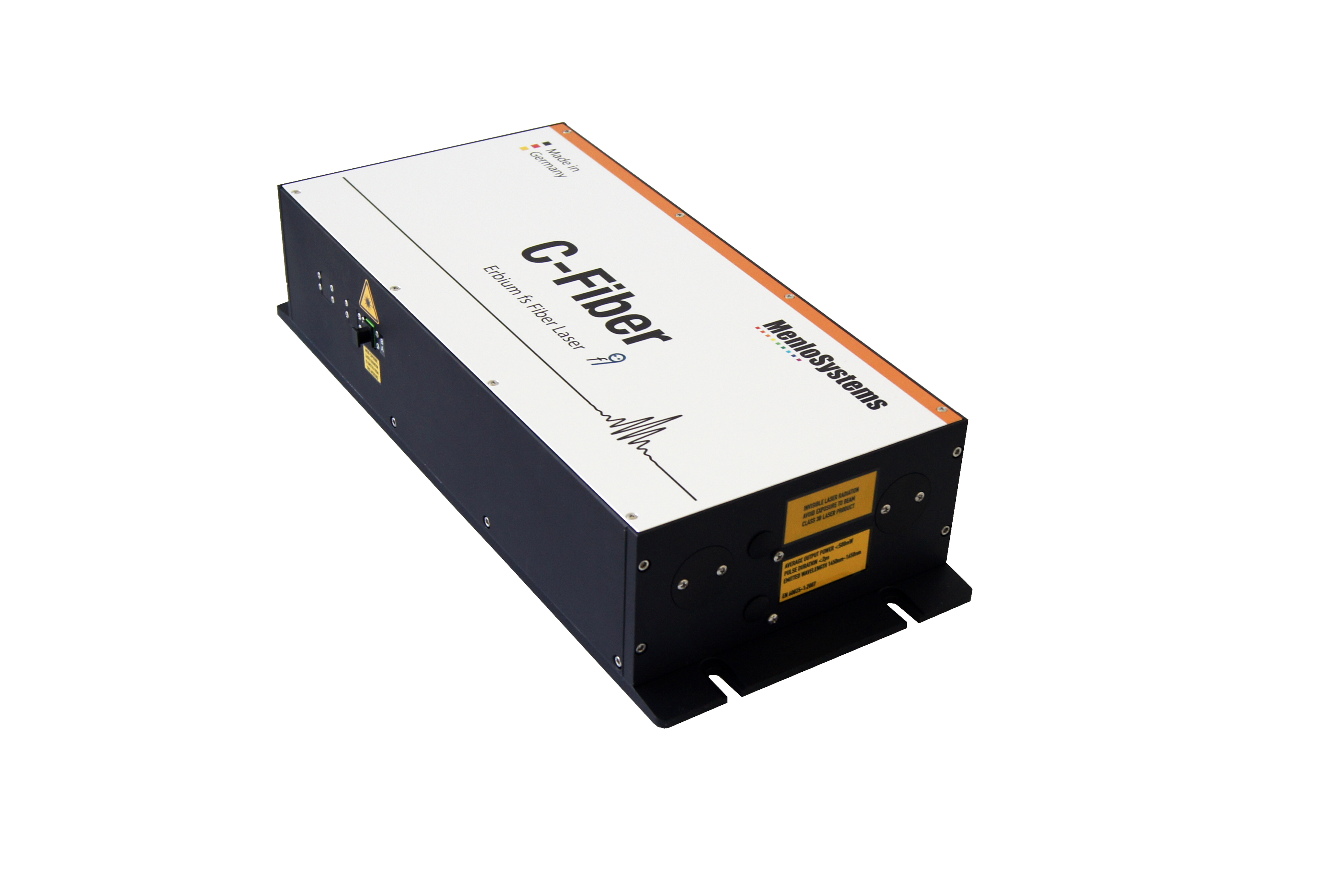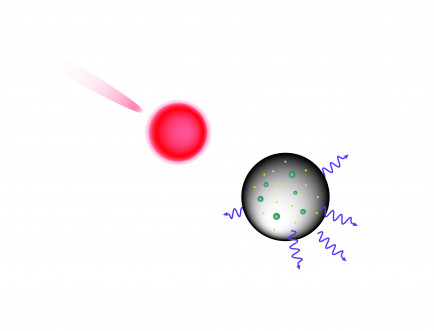Menlo Systems product:

Original publication:
Highest Energy for Plasma Generation
Scientists from the Netherlands propose a straightforward system for high-energy plasma experiments
Towards the end of Moore’s law the effort of fabricating integrated circuits increases enormously because the tiny structures need to be produced by nanolithography. The light is of a wavelength lying in the extreme ultraviolet (EUV) range of the electromagnetic spectrum, and is generated in laser-produced plasma (LPP). This elaborate process requires strict control of the laser parameters. To facilitate the characterization of the LPP, scientists from the Advanced Research Center for Nanolithography and the Vrije Universiteit, both in Amsterdam, Netherlands, designed a high-energy laser system which is based on readily available technology and components. They used Menlo Systems C-Fiber femtosecond erbium fiber laser for seeding the subsequent amplifier chain in an optical parametric chirped pulse amplifier (OPCPA) scheme.
Nanolithography is capable of producing wafer structures of a size around 10 nanometer (nm) or smaller. It uses EUV radiation at 13.5 nm which is generated by focusing high-energy femtosecond pulses in the near infrared (NIR) spectral range onto tin nanodroplets inside a vacuum. The temperature and density of the plasma induced in the droplets by the laser govern the parameters of the emitted EUV light. Studying the interaction of the high-energy laser with the plasma gives insight into EUV generation mechanism and helps to obtain optimal operating conditions.

Figure: Artists impression of a EUV emission from laser produced plasma
In order to analyze processes within the LPP occurring on time scales shorter than electron-phonon interactions, a laser emitting femtosecond pulses with at least 10 millijoule (mJ) energy is needed. The team of researchers in Amsterdam designed an OPCPA system which is using well-established technology and optical components, delivering ultrashort laser pulses with 10.5 mJ energy at 1550 nm wavelength. In the OPCPA scheme, the femtosecond (fs) pulses are temporally stretched before amplification in order to protect the optics and gain medium from the impact of such ultrashort high-energy pulses. For the same reason, the average optical power is reduced by decreasing the pulse repetition frequency, in this case by a factor of 106 to 100 Hz.
In their system design, the group uses direct pumping at 1064 nm laser wavelength, in contrast to the commonly reported pumping by a frequency doubled laser. This allows them to achieve a higher pump energy. For seeding the amplification chain, the team uses Menlo Systems C-Fiber erbium femtosecond fiber laser, which is synchronized to the pump laser. Due to the Menlo proprietary figure 9® technology, the high stability of this laser is transferred to the overall system. Along with the high output pulse energy, stable and reliable laser operation are the most important system features for plasma studies. With 220 fs pulse duration and the possibility to further reduce it, the amplified and compressed pulses are short enough to interrogate laser-plasma interactions before phonon dynamics start changing the shape of the tin droplets.
With the choice of direct and robust pump and seed sources, and well-established optical components, the group proposes a MIR-source which is altogether robust and straightforward. In addition, it leaves room for further power scaling and makes laser-driven plasma experiments at ultrafast time scales readily accessible.
Author: Patrizia Krok
Original publication:
T. de Faria Pinto et al.: Optical parametric chirped pulse amplifier producing ultrashort 10.5 mJ pulses at 1.55 µm; Optics Express Vol. 27, p. 29829 (2019)